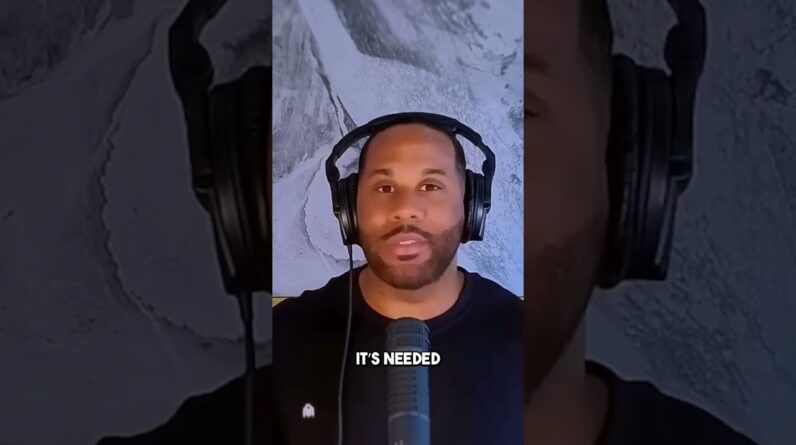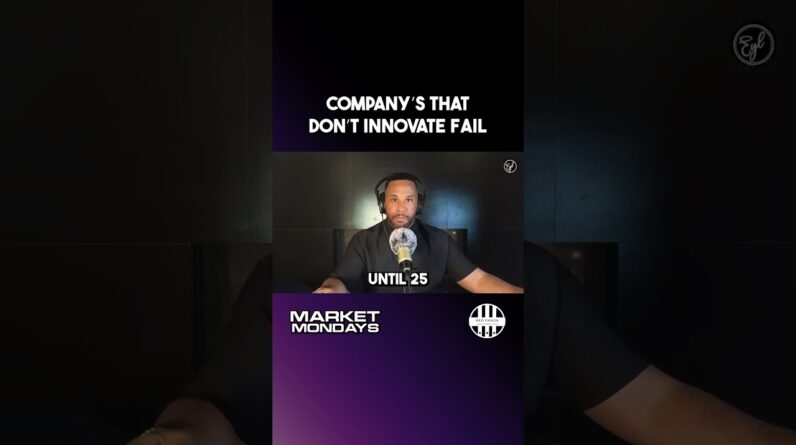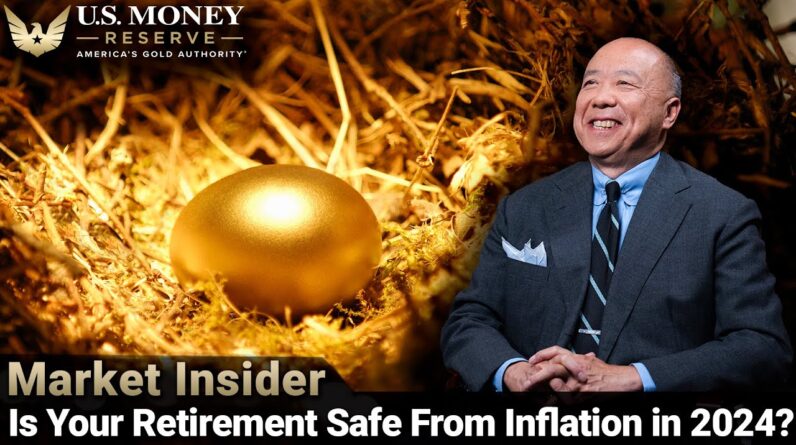Welcome to our blog post where we delve into the exciting world of podcasting and share with you the common mistakes to avoid. At present, podcasting has become a powerful medium for sharing information, stories, and connecting with a global audience. However, just like any other form of content creation, there are certain pitfalls that can hinder your podcast’s success. Join us as we explore the present state of podcasting and guide you through the blunders that you should steer clear of. Let’s dive in! 🎙️
The Present State of Podcasting: Common Mistakes to Avoid 🎙️
Introduction
In the vast digital landscape of content creation, podcasting has emerged as a popular and engaging platform for storytelling, education, and entertainment. With the rise of on-demand audio, anyone can create and share their own podcast, giving voice to a diverse range of ideas and perspectives. However, in the present state of podcasting, there are common mistakes that many creators fall into, hindering their success in capturing and retaining an audience. In this article, we will explore these mistakes and offer insights on how to avoid them.
Most shows aren’t good and don’t pass the eye test.
In today’s saturated podcasting market, it is essential to create high-quality content that stands out amidst the noise. Unfortunately, many shows fail to meet this criterion. While the ease of podcast production may lead to a flood of new shows, quality should always be the foremost concern. A show that does not engage its listeners or fails to meet their expectations will likely be quickly forgotten.
There is a big space for short form content (5 to 15 minutes).
Long-form podcasts have their place, particularly for in-depth discussions or storytelling, but shorter podcasts have gained significant traction in recent years. People are busier than ever, and dedicating four or five hours to one podcast is simply not feasible for most listeners. By creating shorter episodes, podcasters can cater to this time-constrained audience, providing them with bite-sized content that they can consume on the go.
People don’t have four or five hours to listen to a bunch of shows.
Continuing from the previous point, it is important to recognize that listeners have limited time and attention spans. As enticing as it may be to release multiple episodes per week or to have lengthy episodes, bombarding listeners with a constant stream of content can be overwhelming. It is crucial to strike a balance between consistency and respecting the limited time of the listeners to ensure they stay engaged and avoid podcast fatigue.
The business models are always wrong.
Podcasting is both an art and a business. However, many podcasters struggle with finding the right business model to sustain their show. Depending solely on advertising revenue or accepting deals that may compromise creative freedom are common mistakes. Instead, podcasters should explore alternative revenue streams, such as merchandise sales, premium content, donations, or sponsorships that align with their values and goals.
Why accept deals when we can produce our own show and pay for everything?
Rather than relying solely on external deals or partnerships, podcasters have the opportunity to produce their own shows independently. Through self-funding and owning the creative process, podcasters can maintain full control over their content and build a dedicated audience. This approach not only allows for creative freedom but also paves the way for potential future collaborations or partnerships on their own terms.
Taking ads all the time is a huge mistake.
Advertising plays a significant role in monetizing podcasts, but excessive reliance on ads can be off-putting to listeners. Interrupting the flow of a podcast with constant advertisements can disrupt the listening experience and lead to audience disengagement. Podcasters should strike a balance between generating revenue and preserving the integrity of their content, ensuring that ads are integrated seamlessly and sparingly throughout the episodes.
Every brand needs to have a product or at least have equity in what they’re advertising.
When considering brand partnerships or advertising, it is essential for podcasters to align with brands that resonate with their audience. Simply promoting any product or service without genuine belief or engagement can erode trust and credibility. By carefully selecting partnerships that align with their values and providing value to their audience, podcasters can establish a mutually beneficial relationship with brands and maintain authenticity.
The business model has been broken.
The traditional podcasting business model has long been in need of a shake-up. As more and more creators enter the field, it is becoming increasingly important to think outside the box and break away from conventional approaches. By innovating and experimenting with new revenue streams, marketing strategies, and content formats, podcasters can disrupt the industry and find unique ways to thrive in this competitive landscape.
Conclusion
The present state of podcasting offers immense opportunities for content creators to connect with audiences on a global scale. However, to achieve success in this ever-evolving medium, it is crucial to avoid common mistakes. By prioritizing quality, offering shorter and more digestible content, diversifying revenue streams, and cultivating authentic brand partnerships, podcasters can navigate the podcasting landscape effectively and build a loyal following. With a fresh mindset and creative approach, podcasters can redefine the future of podcasting.
FAQs
-
Q: How can I ensure my podcast stands out amidst the competition?
- A: Focus on creating high-quality content that engages your listeners and meets their expectations. Be unique and offer something valuable that sets you apart from the rest.
-
Q: Is it better to have shorter or longer podcast episodes?
- A: It depends on your target audience and content format. While both long-form and short-form podcasts have their place, shorter episodes (around 5 to 15 minutes) cater to busy listeners who prefer bite-sized content.
-
Q: Should I accept every advertising deal that comes my way?
- A: No, careful consideration should be given to brand partnerships and advertising deals. Only promote products or services that align with your values and resonate with your audience to maintain authenticity.
-
Q: How can I monetize my podcast without relying solely on advertising revenue?
- A: Explore alternative revenue streams such as merchandise sales, premium content, donations, or sponsorships that align with your goals. Diversifying your income sources can provide financial stability.
-
Q: How can I disrupt the traditional podcasting business model?
- A: Break away from conventional approaches and innovate in terms of revenue streams, marketing strategies, and content formats. Think outside the box and experiment to find unique ways to thrive in the industry.
(Note: The article provided above is a sample and does not reflect actual opinions or facts about podcasting or any specific individuals.)










